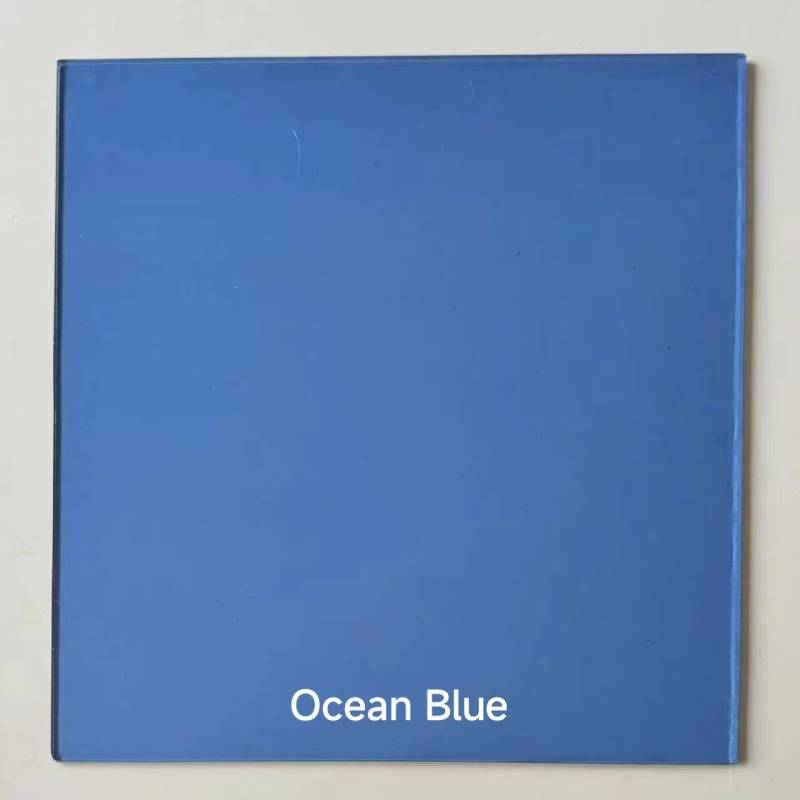

When it comes to modern architecture and design, one of the most innovative materials that has gained immense popularity is float glass. Specifically, float glass windows have revolutionized the way buildings are constructed and how natural light is utilized within spaces. This article explores the characteristics, benefits, and applications of float glass windows in modern construction.
Float glass is produced by a unique process that involves floating molten glass on top of molten tin. This results in a smooth and uniform sheet of glass with excellent optical clarity and minimal imperfections. The flatness of float glass makes it an ideal choice for large windows, as it allows for expansive views and an abundance of natural light. The purity of the glass also contributes to its aesthetic appeal, creating a sense of openness and connection with the outdoors.
One of the primary benefits of float glass windows is their energy efficiency. Modern float glass can be treated to enhance its insulation properties, enabling buildings to maintain comfortable indoor temperatures and reduce heating and cooling costs. Low-emissivity (low-E) coatings can reflect infrared light while allowing visible light to pass through, ensuring that natural light floods the interiors without excessive heat gain. This characteristic makes float glass windows an environmentally friendly option, aligning with sustainable building practices.
In addition to their energy efficiency, float glass windows provide excellent sound insulation. The thickness and acoustic properties of float glass can be adjusted to meet the specific needs of a building, making them ideal for urban environments where noise pollution is a concern. By incorporating float glass windows, architects can design spaces that offer tranquility and comfort without sacrificing the connection to the outside world.

Float glass windows also contribute to the overall safety and durability of a building. The glass can be tempered or laminated to enhance its strength, making it resistant to breakage and impact. This feature is particularly important in high-rise buildings and areas prone to extreme weather conditions. Moreover, the transparent nature of float glass allows for the incorporation of security features, such as reinforced framing systems, without compromising the aesthetic appeal of the windows.
The versatility of float glass windows allows them to be employed in a wide range of architectural styles, from contemporary to traditional designs. Whether used in residential homes, commercial buildings, or public spaces, these windows can enhance the visual appeal of any structure. They enable architects to create focal points, such as floor-to-ceiling windows that frame beautiful views or skylights that introduce light into dark corners.
In conclusion, float glass windows are a remarkable innovation in modern architecture. Their energy efficiency, aesthetic appeal, sound insulation, durability, and versatility make them an excellent choice for a variety of applications. As the demand for sustainable and aesthetically pleasing building materials continues to rise, float glass windows will undoubtedly play a crucial role in shaping the future of architectural design. Whether viewed from inside or out, their impact on the built environment is profound, allowing for a harmonious blend of function and beauty.